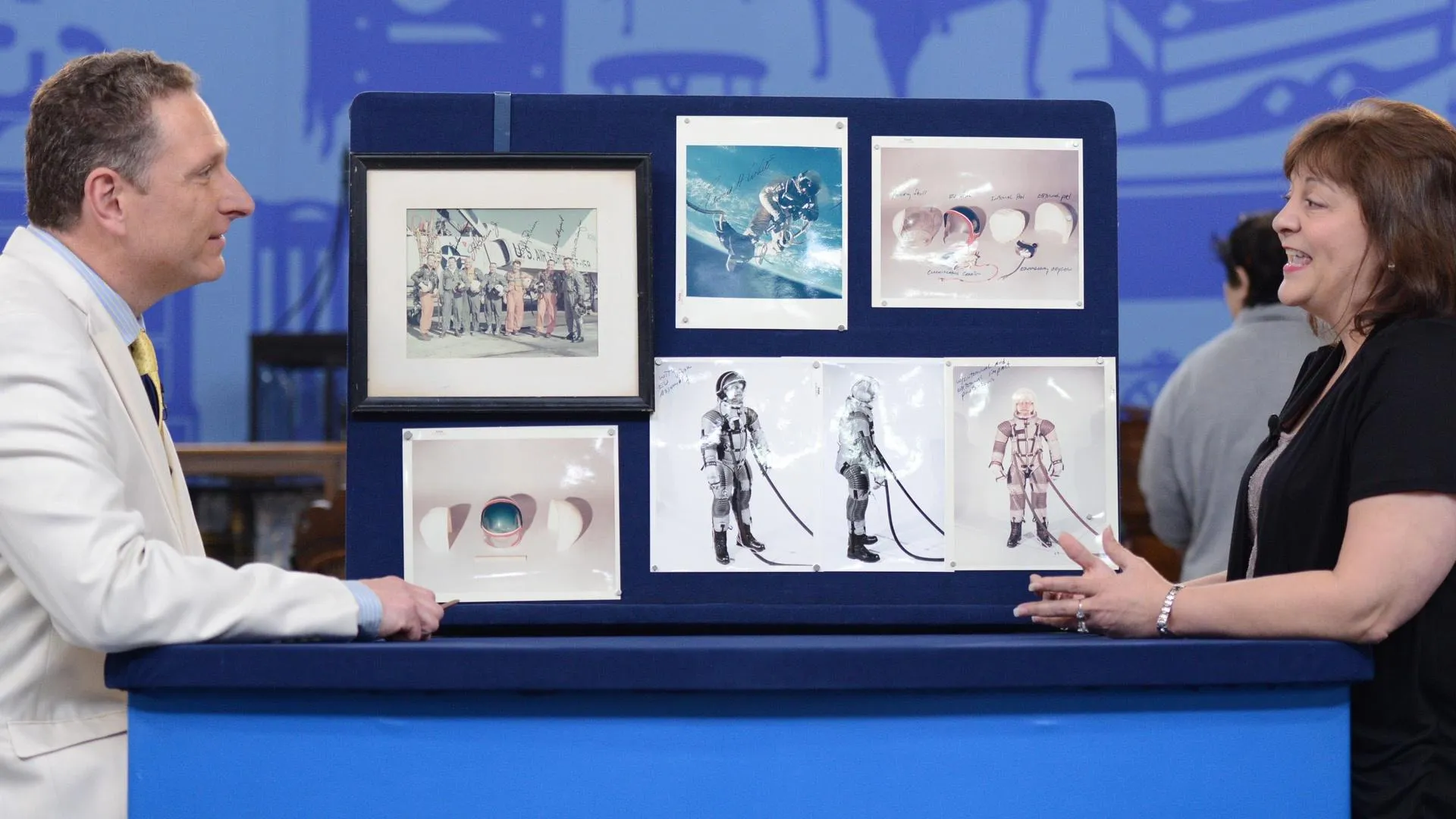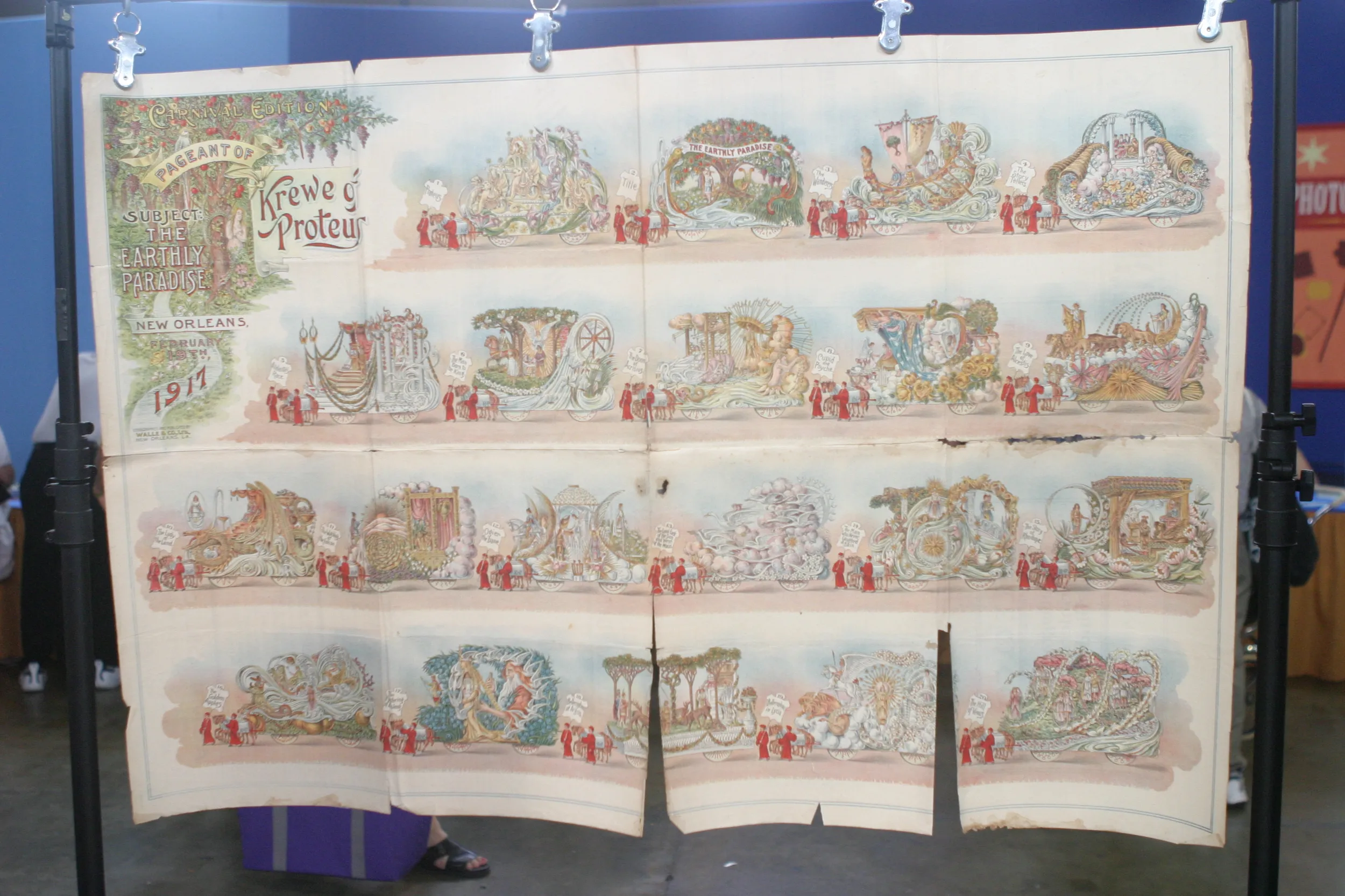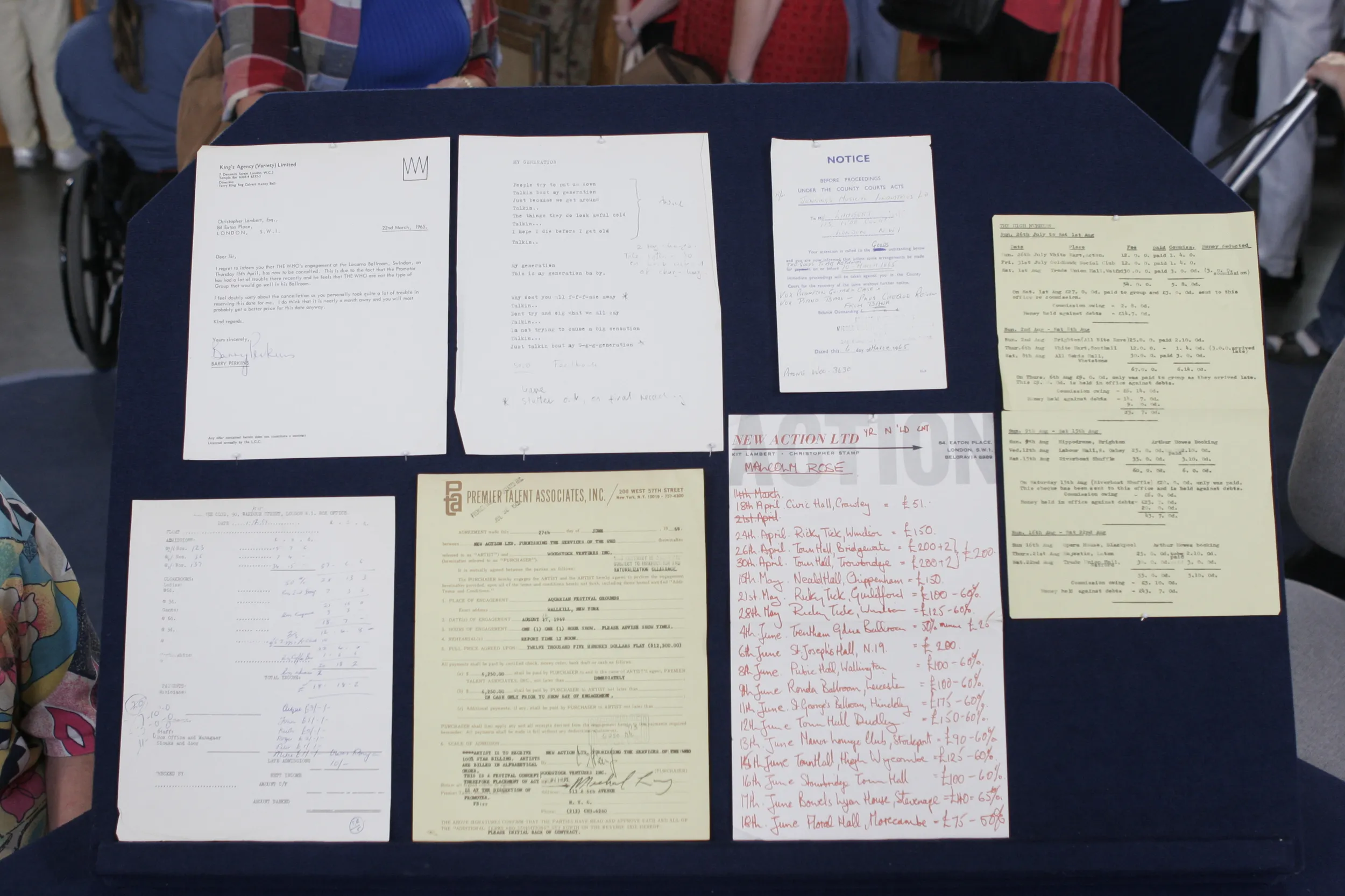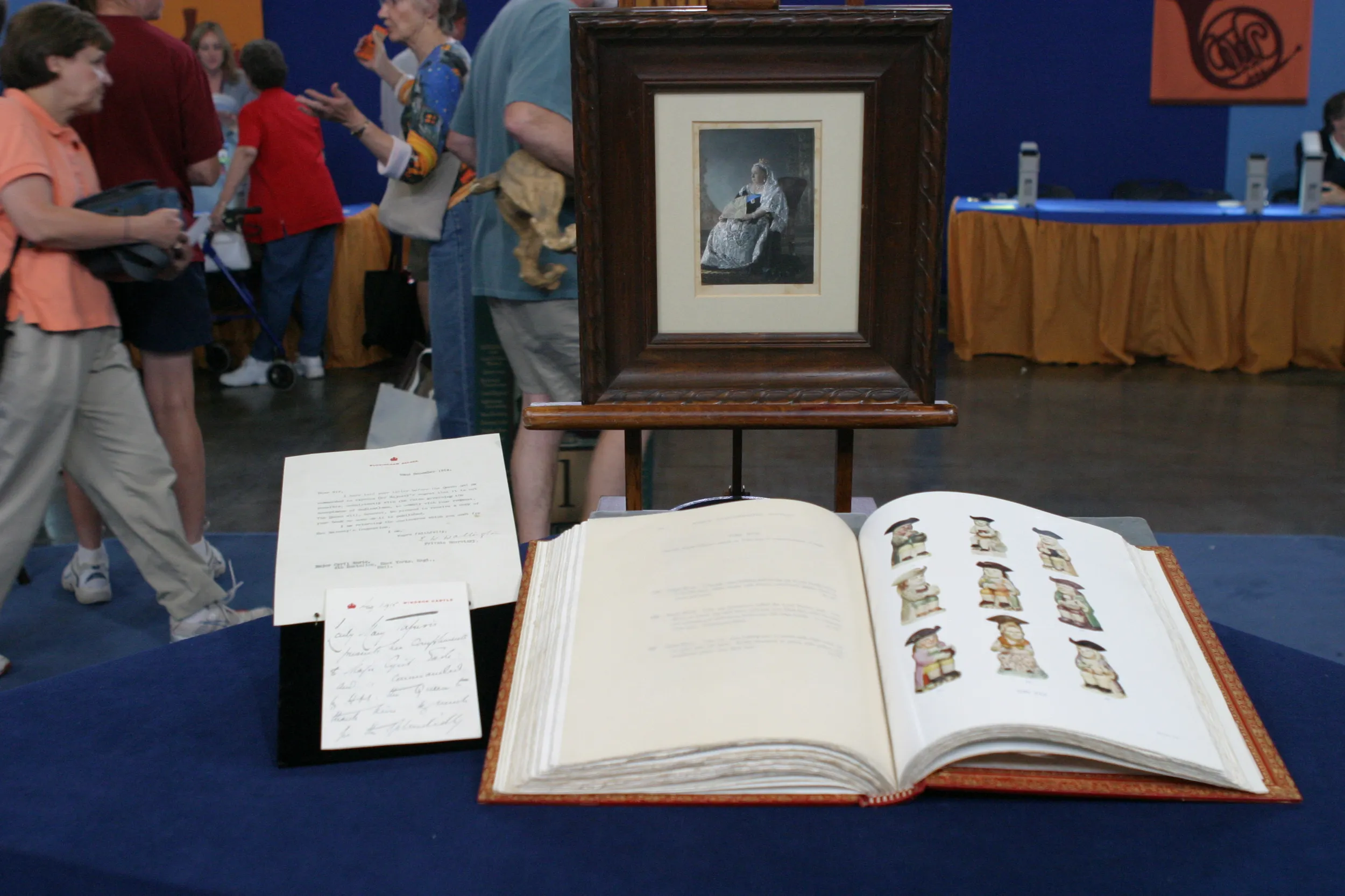GUEST: I brought a collection of NASA memorabilia my father left for us. He helped invent the Apollo space helmet, so he worked at NASA's Houston center in the '60s.
APPRAISER: And what was his capacity there?
GUEST: He was in the human engineering, biomedical, bioresearch area.
APPRAISER: So he did quite a bit.
GUEST: I assume so, yes.
APPRAISER: He was one of the premier aeronautical engineers at the time, Dr. Robert Jones.
GUEST: Yes.
APPRAISER: What else can you tell me about the helmet?
GUEST: The helmet itself was a contest, and so he and another gentleman went in together and came up with this design, and he modeled it after Buck Rogers, so...
APPRAISER: That was his inspiration?
GUEST: Yes, it was.
APPRAISER: Was Buck Rogers.
GUEST: He felt as though you should be able to see all the way around. He wanted it to be a bubble.
APPRAISER: Yeah, the bubble helmet or the pressure bubble, we've heard it called also. And in the photos here, those are him modeling it?
GUEST: Yes, it is, yes, the suit, and those were all the tests for the functionality of the suit itself.
APPRAISER: And what other experiences can you remember that he would tell you about the times there?
GUEST: They were a wonderful... it was wonderful years, he was very excited. There was always wonderful things going on. He did bring home a couple of astronauts for us to meet, so we got to meet several of the astronauts. It was all very exciting times. There was just this great camaraderie of gentlemen working towards a goal.
APPRAISER: And who was your favorite to meet?
GUEST: The one I remember most is Wally Schirra.
APPRAISER: What was it about Wally?
GUEST: He was nice, but you know, I was probably four, five years old, and he was a big, tall guy, but he was a very nice man.
APPRAISER: And did your father ever have any aspirations to be an astronaut himself?
GUEST: Sure, didn't every kid? So yes, that's how he wound up at NASA, is he actually went to try to be an astronaut.
APPRAISER: And then they recruited him for some other...?
APPRAISER: Yes. Well, we start off with the photo of the Mercury, the original seven...
GUEST: Correct.
APPPRAISER: Mercury Seven here. Signed by all seven here. Well, this photo, we would put an estimate at auction between $5,000 and $6,000.
GUEST: Oh, my.
APPRAISER: And the photo here of Ed White, what did he tell you about that?
GUEST: Well, he told me that that would be important because that was NASA's first walk in space, so that was the first out-of-the-vehicle experience.
APPRAISER: And at auction, we'd put a price of between $1,000 and $1,500.
GUEST: Wow.
APPRAISER: Now lastly, we have the interesting photos here of showing the development of the helmet. Some of the early prototypes here, wonderful photos. We have a group of five photos here. At auction, we would estimate these between $1,000 and $2,000.
GUEST: Wow. Thank you, that's exciting.
APPRAISER: So we have an estimate, at auction, of between $7,000 and $9,500.
GUEST: Okay, wow, that's quite a bit.
APPRAISER: For insurance purposes, we would put the value at $10,000.
GUEST: Okay. Thank you. Wow.
APPRAISER: Now, what can you tell me about the helmet itself?
GUEST: It's unbreakable, I could tell you that. We tried desperately as children to break it.
APPRAISER: And where is the helmet?
GUEST: It is in the family.
APPRAISER: For your information, for insurance purposes, we would put a value on that of $25,000 to $35,000.
GUEST: Okay, thank you very much.
APPRAISER: For the helmet itself.
GUEST: Maybe we shouldn't have taken it to show and tell all those years. (both laugh)











